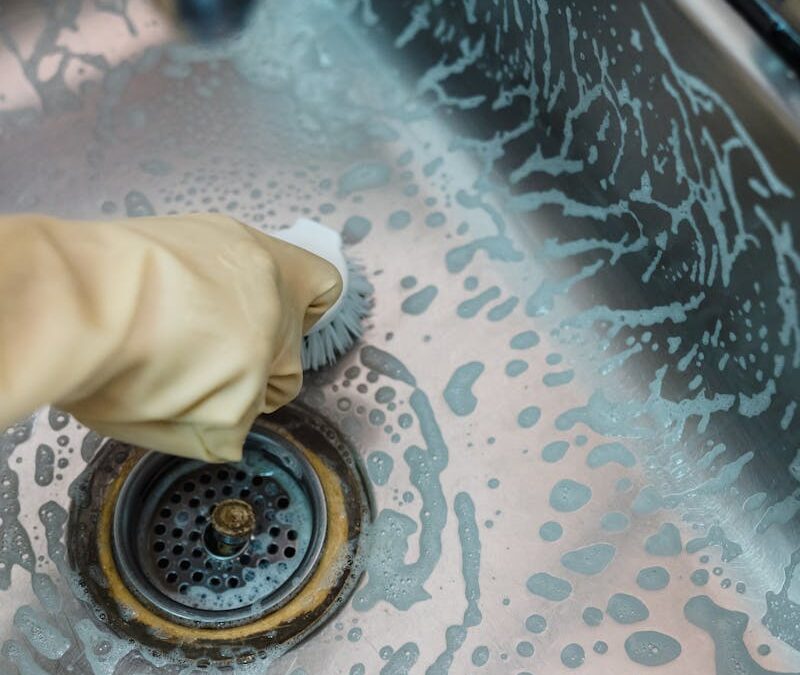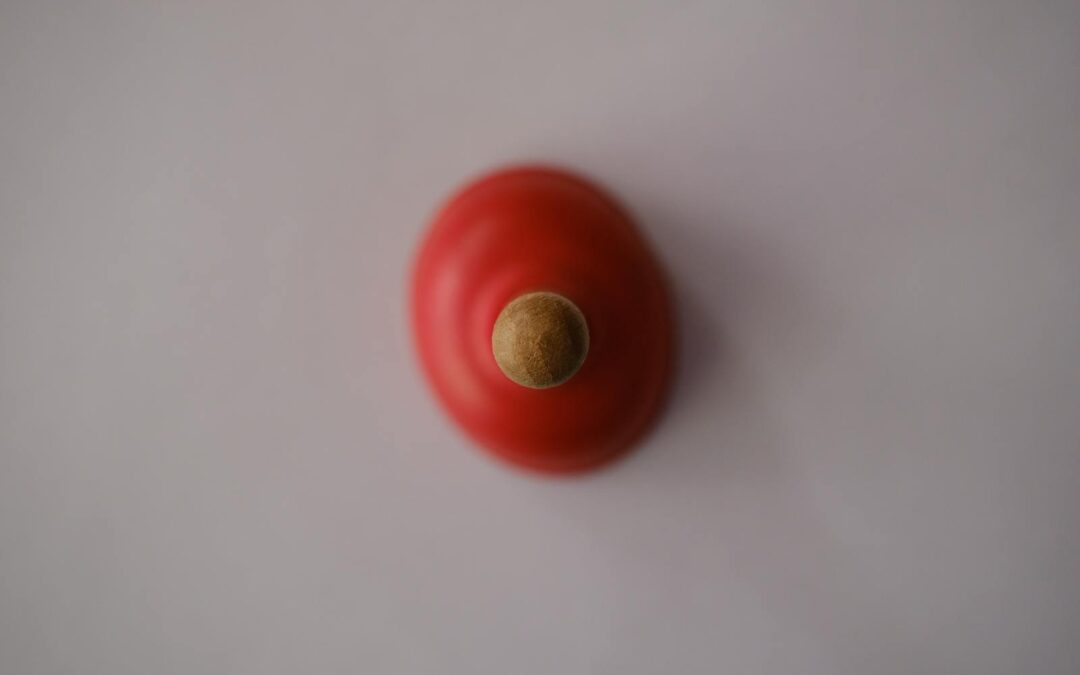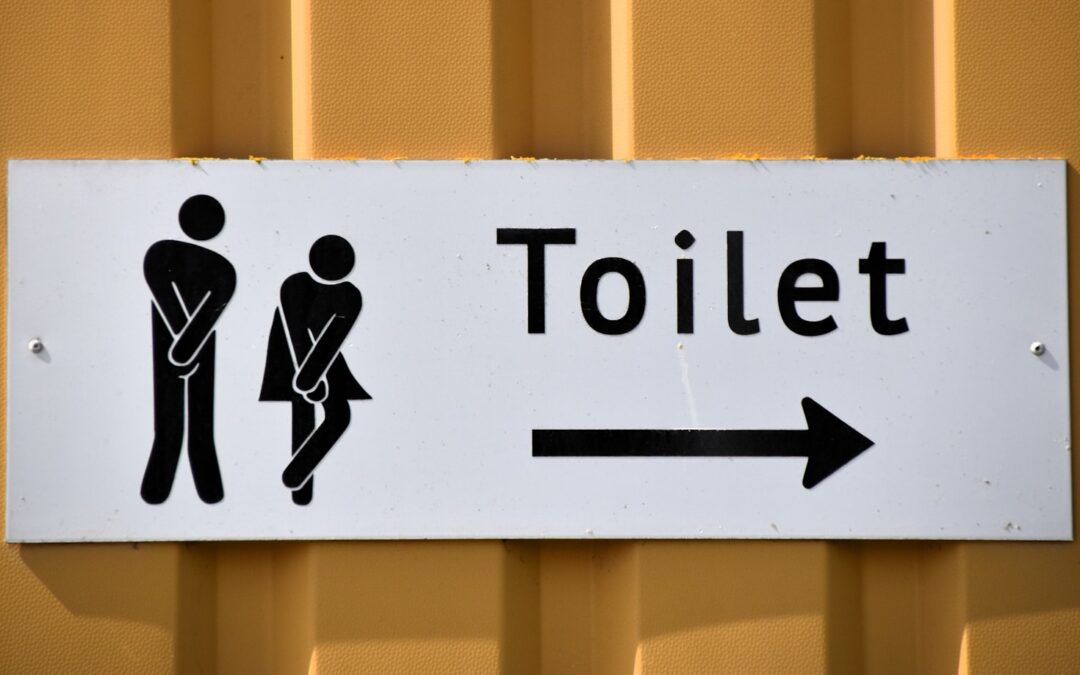When it comes to kitchen appliances, garbage disposals are often overlooked. But this little appliance can be a lifesaver! Approximately half of the United States households have garbage disposals. Garbage disposals are a great way to reduce the amount of trash that goes into landfills, and they are also helpful in preventing clogs in your drains.
This blog post will discuss everything you need to know about garbage disposals! We will cover what they are, how they work, why you should use them, and more! So, whether you are considering buying a garbage disposal or just want to learn more about them, this blog post is for you!
A Garbage Disposal

Schedule Service Online
Get a free estimate so you know what you're signing up for
"*" indicates required fields
For Emergency Services Call: 410-255-9300
A garbage disposal is an appliance connected to your sink drain and grinds food waste so it can be safely washed away. Garbage disposals typically last between 8-15 years, depending on how often you use them and how well you maintain them. To make sure your garbage disposal lasts as long as possible, follow the manufacturer’s instructions for care and maintenance.
How Does A Garbage Disposal Work?

A sink garbage disposal uses a motor to spin blades that grind food waste into small pieces. When you turn on the switch, the disposer will grind up your food scraps and send them down the drain. The process of using the garbage disposal is relatively simple and efficient. All you have to do is turn it on and feed the food scraps down the drain. It’s important to note that you should never put metal, glass, plastic, or anything else that isn’t food in your garbage disposal, as this could damage the blades.
Types Of Garbage Disposals

There are two main types of garbage disposals: batch feed and continuous feed.
Batch-Feed Garbage Disposal
This type of garbage disposal has a cover that needs to be locked in place before the motor starts. This is the safest option, as it prevents objects from falling into the unit while operating.
Continuous-Feed Garbage Disposal
This type of garbage disposal allows food waste to be fed into a unit continuously and requires no locking cover. This is themost common type of garbage disposal and is usually less expensive than batch-feed units.
Why Use A Garbage Disposal?

It Reduces The Amount Of Food Waste Going Into Landfills
By grinding up food waste and sending it through your plumbing, garbage disposals can reduce the amount of food waste that ends up in landfills. Many wastewater treatment plants can convert disposal waste into renewable energy and beneficial fertilizer.
It Saves You Time On Cleanup
By grinding food scraps into tiny pieces, you can spend less time scraping dishes and more time enjoying them! Additionally, it can be less messy than throwing food scraps directly into the trash and having them sit in your bin until garbage day.
It Prevents Clogs In Your Drains:
By grinding up food waste, a garbage disposal can help keep your sink and drain pipes clear of blockages. This is especially useful for homes with a septic system, as food waste can easily clog the drain field.
A clogged drain can be a major headache, so it’s worth investing in a garbage disposal to keep it from happening. This, in turn, can also save you money in the long run from costly plumbing repairs. As a bonus, it also helps to keep unwanted odors out of your house by removing the food waste before it can start to smell bad.
It Saves Water
As food waste is pushed through your plumbing system, it takes less time and, therefore, less water to clean up afterward.
It Can Reduce Odors From Sink Drain
Food waste can produce unpleasant odors, but garbage disposal helps keep these odors at bay. As food waste is ground up and flushed away, it reduces the chances of bad smells from your kitchen sink drain.
It Can Be An Eco-Friendly Option
By grinding up food waste and sending it through your plumbing, less food waste ends up in landfills where it can produce methane gas.
It’s Easy To Use
Garbage disposals are incredibly simple to use. All you have to do is turn it on and feed food scraps down the drain! This also makes it easier to clean up after meals, as you can just run some water and scrape the food scraps down the disposal instead of scraping dishes by hand.
What Should You Never Put In A Garbage Disposal?

Your garbage disposal can be a great way to dispose of soft and solid foods such as fruits and vegetables. However, certain items should not be put down the drain; knowing what types of food are safe for your unit before attempting any form of disposal is important. Below are some of the items you should avoid putting into your garbage disposal:
Bones
Despite its powerful blades, a garbage disposal cannot grind up bones and other hard materials like metal or glass. If something is too hard for the blades to cut, it could damage your garbage disposal or cause it to clog. Although the blades may grind up small bones, larger ones can get stuck and damage the motor or blades.
Grease Or Oil
Grease and oil can clog your garbage disposal and make it difficult to run efficiently. Avoid pouring these down the drain altogether, as it can also contribute to a buildup in your plumbing system.
Fibrous Materials
Stringy items like celery stalks, corn husks, artichoke leaves, and banana peels can wrap around the blades and cause a clog.
Metal Of Any Kind
Metal objects like silverware, bottle caps, or aluminum foil should never be put in a garbage disposal, as they can damage the blades or cause your unit to jam up.
Coffee Grounds
Although coffee grounds are biodegradable and safe to put in the trash, they shouldn’t be put into a garbage disposal. This is because they will accumulate over time, creating a sludge-like substance that can lead to clogs.
Eggshells
Eggshells are difficult to break down and can cause clogs in your garbage disposal.
Starchy Foods
Foods like potatoes, pasta, and rice can easily expand when they come into contact with water. This makes them more likely to stick together and create a blockage in your garbage disposal.
Best Garbage Disposal Buying Guide
Cost
Garbage disposals come in a wide range of prices, depending on the size and features. Consider how much you’re willing to spend before buying one.
Horsepower
The more powerful the motor, the better your garbage disposal will be able to grind up food waste. Look for a unit with at least 1/2 horsepower or more.
Size
Most garbage disposals fit beneath the sink, so look for one that will fit in your space.
Grinding Capacity
Check the grinding chamber capacity of the garbage disposal to make sure it has enough room to grind up food waste without getting clogged efficiently.
Noise Level
Garbage disposals can be quite loud when running. Look for a unit with special features like noise dampening to ensure it won’t be too loud in your kitchen.
Installation
Think about the installation process and ensure you are confident before buying. Read the instructions carefully and ensure you have all the tools necessary for installation. If you need help, look into hiring a professional plumber to do the job for you.
How To Install A Garbage Disposal

Installing a garbage disposal is relatively easy. To get started, you’ll need to gather the necessary tools and supplies:
– Plumber’s putty
– Screwdriver
– Wrench
– Electric drill
– Drainpipe wrench
– Garbage disposal unit
Once you have the supplies ready, you can begin the installation process:
1. Turn off the power to the garbage disposal and make sure there is no water in the sink.
2. Disconnect the drainpipe and remove any existing hardware underneath the sink.
3. Place some plumber’s putty around the sink flange, then insert it into the drain hole.
4. Attach your garbage disposal to the sink flange and secure it with screws.
5. Connect the power cord to the wall outlet and then reconnect the drainpipe.
6. Turn on the power and test the garbage disposal to ensure it works properly.
7. Clean up any mess, and then you’re done!
If you’re unsure how to install a garbage disposal, it is best to hire a professional plumber for help. This will ensure that the job is done correctly and safely.
How To Fix A Clogged Sink Disposal
If your sink disposal is clogged, the first step is to shut off the power. Then, try using a plunger to dislodge any food that may be stuck. If this doesn’t work, you can use an Allen wrench or a special garbage disposal “key” to manually spin the blades and clear any blockage.
It’s also a good idea to regularly clean your garbage disposal to keep it running smoothly. To do this, you can use a combination of baking soda, vinegar, and lemon juice to create an all-natural cleaner that will break down any food waste that may be stuck in the blades.
How To Maintain Your Garbage Disposal

Regular maintenance is a must to keep your garbage disposal in good condition. Here are some simple tips to help you maintain your garbage disposal:
– Run cold water while grinding food waste, which helps break down food particles and prevents clogs.
– Avoid putting hard items like bones, fibrous items like corn husks, and starchy items like potatoes down the garbage disposal as these can damage the blades.
– Grind ice cubes once a month to keep the blades sharp.
– Clean your garbage disposal regularly using a combination of baking soda, vinegar, and lemon juice.
– If you notice any strange noises or smells coming from your garbage disposal, it may be time to call a professional plumber.
Conclusion

Garbage disposals are a great way to eliminate food waste and clean your kitchen sink. With the right garbage disposal, you can easily grind up food scraps and help keep your pipes clear. Before buying a garbage disposal, consider factors such as cost, horsepower, size, and grinding capacity.
Installing a garbage disposal is relatively easy, but if you’re unsure how to do it yourself, hire a professional plumber for help. To prevent clogs in your garbage disposal, clean it regularly and use the right tools to clear out any blockages that may occur. With the right maintenance and care, you can ensure your garbage disposal runs smoothly for years.
Use MD Sewer & Plumbing Service for safe and reliable installation and maintenance of your garbage disposal. We have the tools, knowledge, and experience to handle any job quickly and efficiently. Contact us today to learn more about our services!




